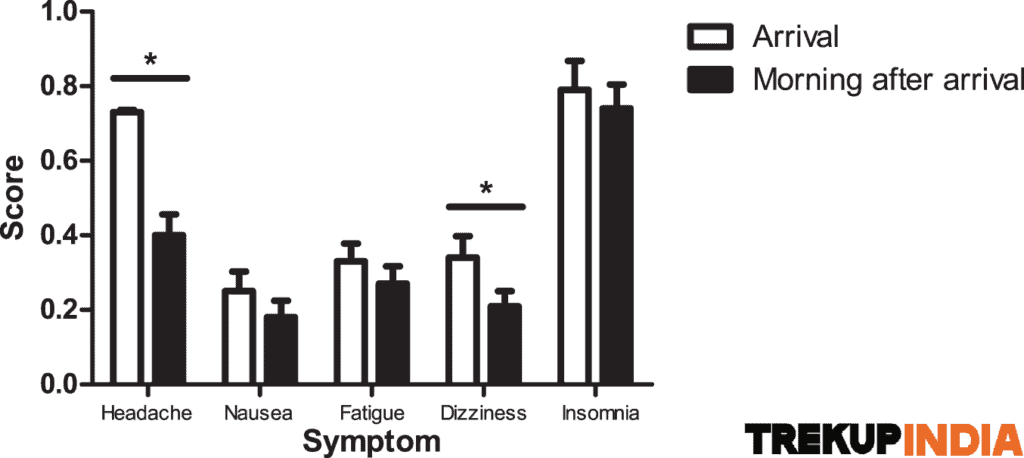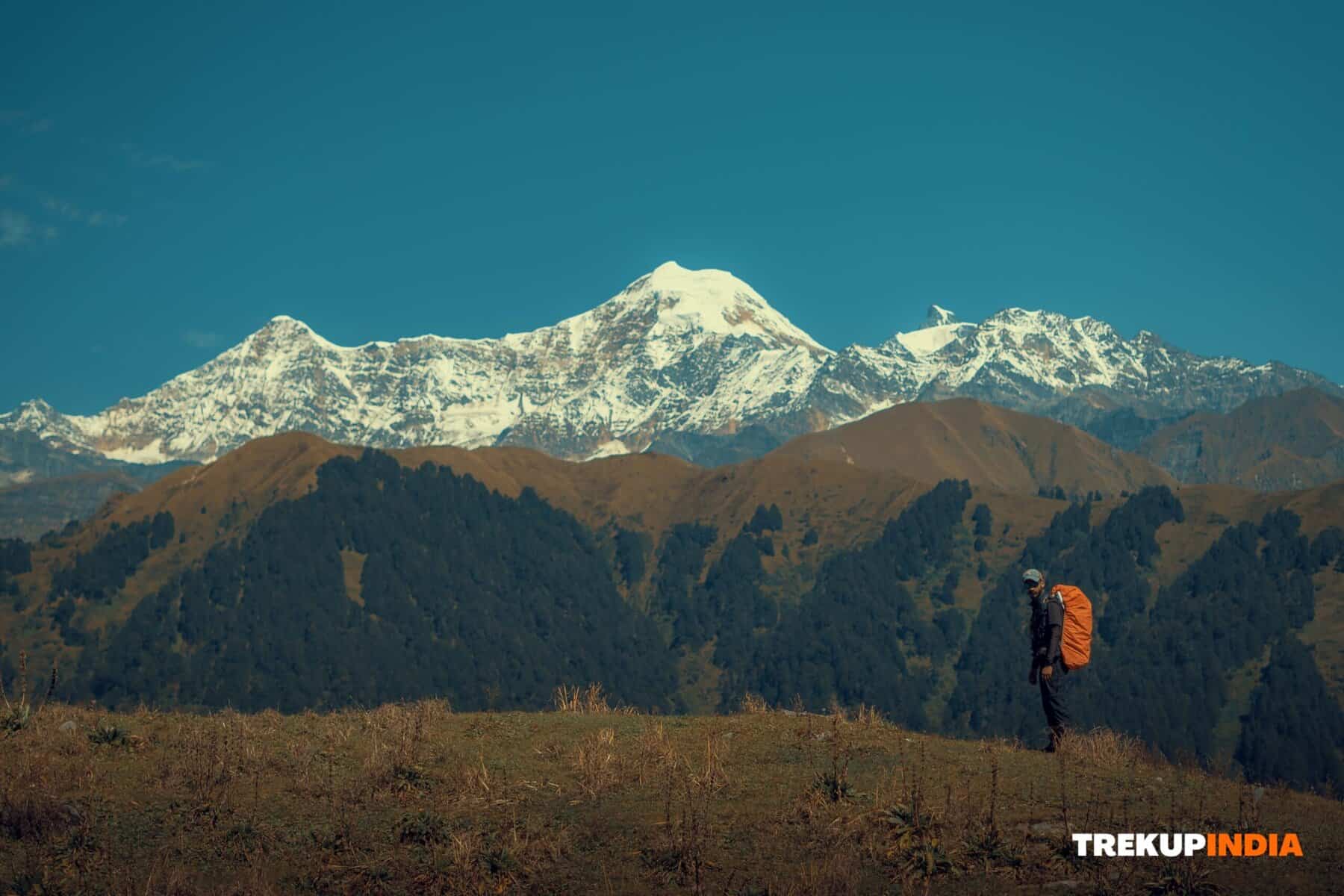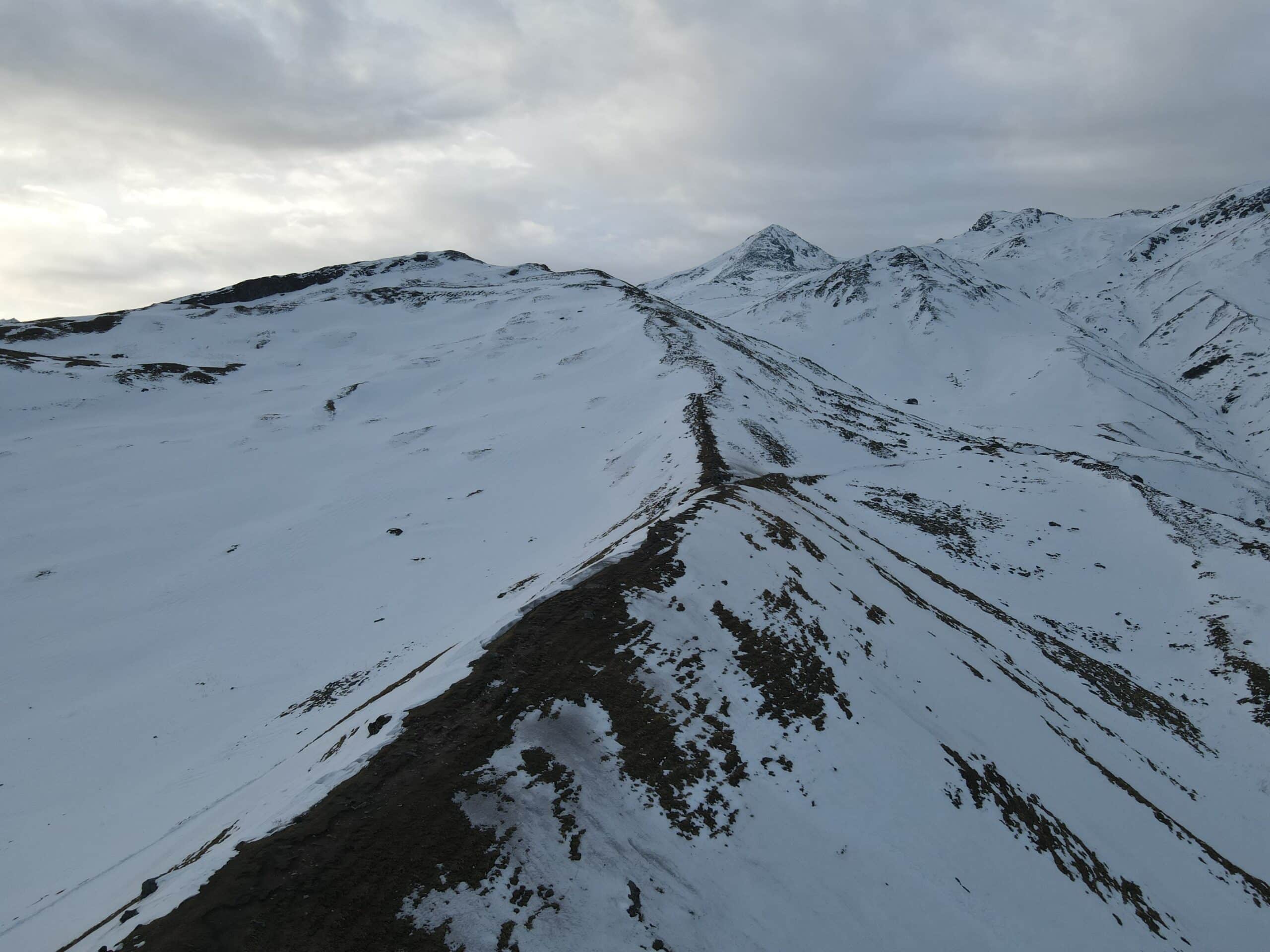What Is Acute Mountain Sickness (AMS)
Hello fellow hikers; today, we will discuss a problem trekkers face during trekking. In the mountains, when people go from lower altitude to higher altitude without acclimatizing their bodies, sometimes they face Altitude Sickness, which is caused when the body does not adjust to the change in altitude; the most common type of Altitude Sickness is Acute Mountain Sickness (AMS). Other types of altitude sickness, higher versions of Acute Mountain Sickness, are HAPE (High Altitude Pulmonary Edema) and HACE (High Altitude Cerebral Edema). As the name suggests, HAPE (High Altitude Pulmonary Edema) affects the lungs when the fluid from blood gets released into the lungs, and you might feel breathless. As the name implies, HACE (High Altitude Cerebral Edema) affects the brain when excess fluid is released into the brain, causing it to swell. People experience confusion, lack of coordination, and sometimes violent behavior.
People who go on trekking can face and sometimes do not face altitude sickness. People who do face an issue might face it at the beginning of the trek, in the middle of the trek, or even at the end. And there are three different types of AMS depending on the symptoms.
Mild AMS – if you feel mild headache and fatigue, which will not affect you on the trek. Once your body gets acclimatized, these symptoms begin to fade away.
Moderate AMS – you will experience severe headaches, nausea, and coordination difficulties. You will need to get to a lower altitude till you feel better.
Severe AMS – you will have difficulty breathing, and even when you rest, you may find walking challenging. If this is the case, you may need to go to a lower altitude, where you will receive medical care.
Why do you feel Altitude Sickness?

Altitude sickness occurs when there is a sudden change in air pressure or oxygen level at a higher altitude. You may suffer from altitude sickness symptoms because the altitude change did not give you enough time for your body to adjust to less oxygen or a change in air pressure. Physically fit people can also experience altitude sickness.
Precaution for Acute Mountain Sickness
It is essential to know the symptoms and take preventive measures accordingly. There are no fixed measures to cure Acute Mountain Sickness, but you can take some preventive measures to reduce the chances of altitude sickness. It would be best if you took some measures to avoid Acute Mountain Sickness, which we are provided below:
1. Acclimatization – you need to give your body time to adjust to the change in altitude, which can be done by adding a day to the itinerary. Acclimatization day needs to be added for people coming from lower altitudes and going to a higher altitude; it does get adjusted to thinner air and lower oxygen level.
2. Improving your Health – preparing yourself to function appropriately at changing altitudes is imperative. The best way to do so is by improving the ability of your lungs and heart, which will you breathe in air pressure or less oxygen. Only those people are unfit, meaning they do not have the proper physical fitness to deal with issues. If you are an expert-level trekker but trying to complete the trek fast, you may also face issues after completion.
3. Diamox Course – Around the world, mountaineers and trekkers use Acetazolamide (Diamox) to acclimate the body. The prior course of Diamox helps the trekker in the high-altitude trek, as they will be prepared for it.
4. Gradual ascending – Walking through the trail, you must walk at a moderate pace and enjoy nature while taking it slow because it is not a race to the finish line. Even if you are walking slowly in the initial days of trekking, it will give your body enough time to adjust to the change in environment.
5. Hydrating yourself – It is essential to keep your body hydrated; you can do so by taking at least 4 liters of water per day. You can keep yourself hydrated by taking hot soup and hot beverages while you are in the mountains. You can check whether you are hydrated by looking at your urine; if it’s pale white or clear in color, it is okay, but if it’s yellow, you must drink more liquid.
6. Diet – When you are at a high altitude, as you need to take more carbs, you should avoid spicy, oily, and sugary food, and if you take extra carbs, it will get easily digested.
7. Regulating body temperature – You must maintain body heat by keeping yourself dry, as you will sweat during the day on the trails. Change from wet clothes to dry clothes once you reach the campsite. As if your clothes are wet, there are chances that you will get cold when the temperature drops. Also, be prepared to get wet by rain, which can be done by carrying a two-piece rain suit or poncho. Avoid using cotton clothes as they tend to absorb sweat, which makes it difficult to dry. Instead, you can wear synthetic clothes.
8. Avoid Smoking and Drinking Alcohol – Your lungs get affected by smoking, as there is already less oxygen up there, and now you have reduced your lung capacity. Drinking causes your body to get dehydrated.
9. Sleep lower – Altitude sickness usually worsens during the night when you are sleeping. So it is better to climb high altitudes during the day and sleep at lower altitudes during the night, especially when climbing more than 1000 feet at one time.
About Author

Kanishk
Kanishk has lived in these hills all his life, so every time he wished to travel somewhere, the hills were his calling card. He completed his schooling in Dehradun and graduated with a degree in Journalism and Mass Communication. As a result, he was open to sharing in detail his personal experience of exploring with friends and his family. He then looked through different career choices but couldn't find something that made him happy and content. Until he got an opportunity to work in a traveling company and that to trekking. In his mind, this was like the mountains calling, and he began explaining the adventure of going to the hills to people.






